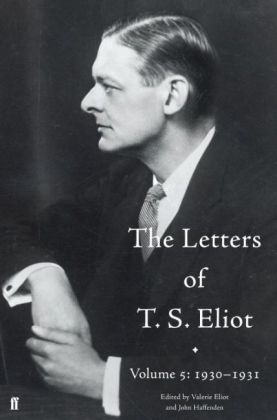Description
Product details
| Authors | T S Eliot, T. S. Eliot, T.S. Eliot, Thomas Stearns Eliot, Valerie Eliot, Eliot Valerie, John Haffenden, Matthew Hollis |
| Assisted by | Valerie Eliot (Editor), John Haffenden (Editor) |
| Publisher | Faber & Faber |
| Languages | English |
| Product format | Hardback |
| Released | 06.11.2014 |
| EAN | 9780571316328 |
| ISBN | 978-0-571-31632-8 |
| No. of pages | 928 |
| Dimensions | 165 mm x 242 mm x 43 mm |
| Series |
Letters of T. S. Eliot Letters of T. S. Eliot |
| Subjects |
Fiction
> Narrative literature
> Letters, diaries
Humanities, art, music > Linguistics and literary studies > English linguistics / literary studies Non-fiction book > Art, literature > Biographies, autobiographies BIOGRAPHY & AUTOBIOGRAPHY / Editors, Journalists, Publishers, Diaries, letters & journals, LITERARY COLLECTIONS / Diaries & Journals, LITERARY CRITICISM / Poetry, LITERARY COLLECTIONS / Letters, Literary studies: poetry & poets, Diaries, letters and journals, Biography: writers, Literary studies: poetry and poets |
Customer reviews
No reviews have been written for this item yet. Write the first review and be helpful to other users when they decide on a purchase.
Write a review
Thumbs up or thumbs down? Write your own review.

